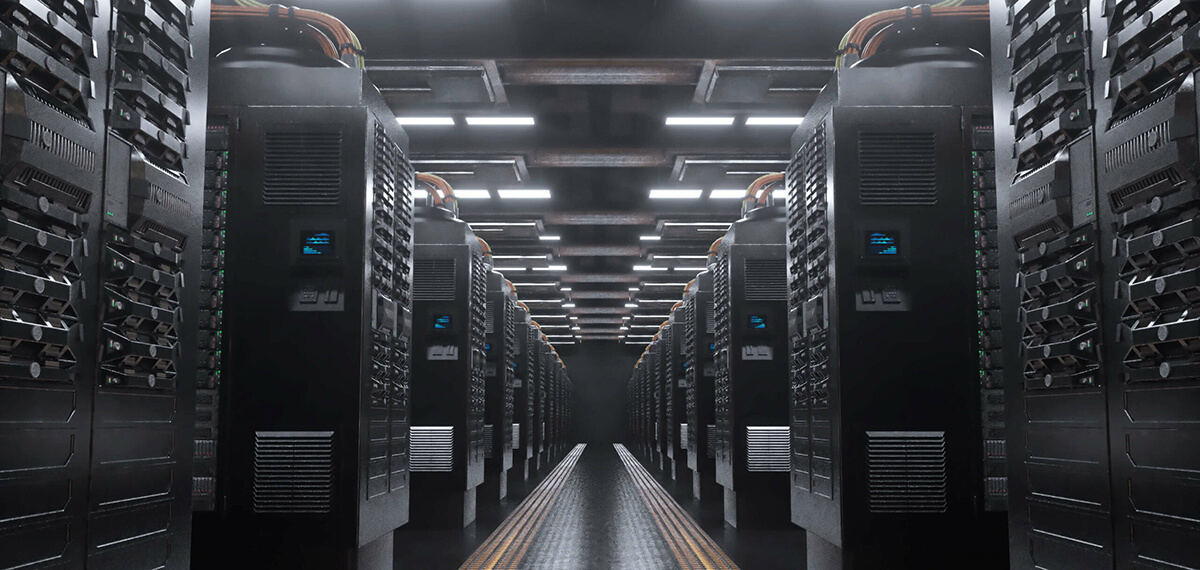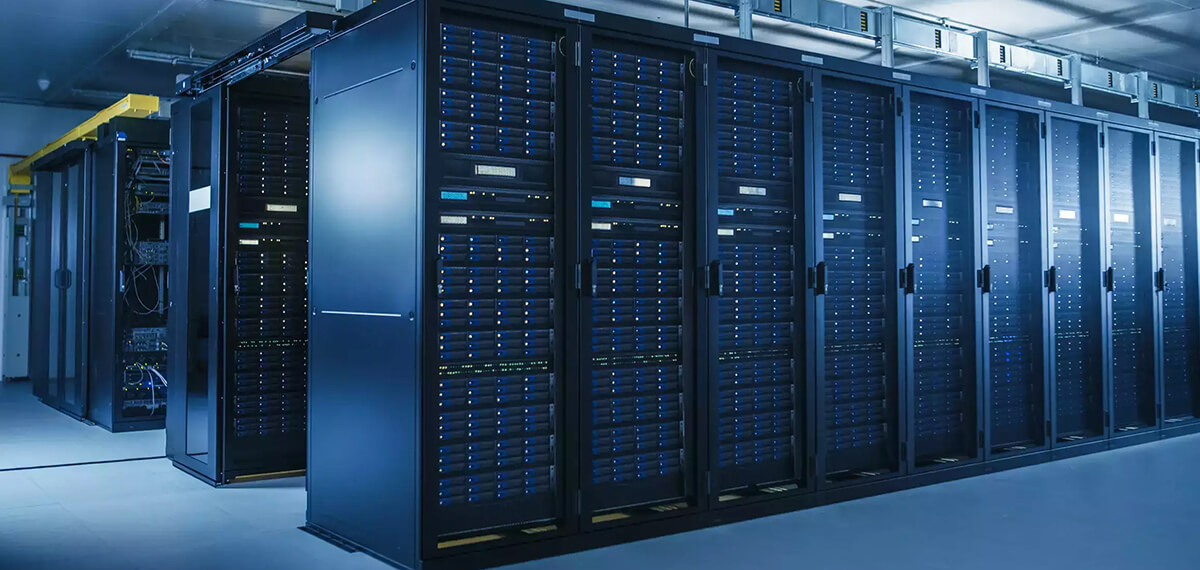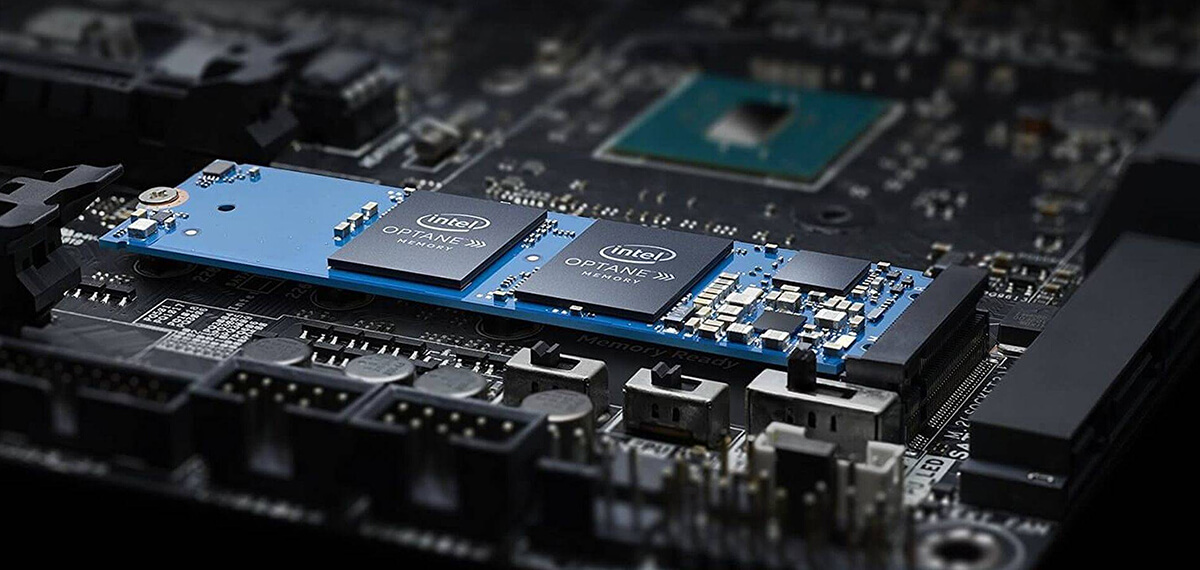Server Solution
HCI Solution
Storage
Server Solution
Server solutions encompass a wide range of technologies and configurations designed to meet the diverse needs of businesses and organizations. These solutions can be broadly categorized into several types, each tailored for specific use cases. Here are details about various server solutions:
- Tower servers are standalone units that resemble a desktop computer. They are suitable for small businesses or branch offices with limited space.
- Ideal for basic file sharing, small-scale applications, and simple network services.
- Rack servers are designed to be mounted in standard server racks. They are more space-efficient, making them suitable for data centers and enterprise environments.
- Commonly used for hosting applications, databases, and virtualization.
- Blade servers are compact units that share common resources within a chassis. They offer high density and scalability, saving space in data centers.
- Well-suited for large-scale virtualization and high-performance computing.
- Servers optimized for virtualization, enabling the creation of multiple virtual machines on a single physical server.
- Efficient resource utilization, cost savings, and simplified management of IT infrastructure.
- Cloud servers are virtual servers hosted in a cloud computing environment. Users can provision resources on-demand and pay for what they use.
- Scalable and flexible infrastructure for various applications, storage, and computing needs.
- Dedicated servers designed for storing and managing large volumes of data. They often include RAID configurations for data protection.
- File sharing, data backup, and as a centralized storage solution.
- Servers optimized for running specific applications, such as web servers, database servers, or enterprise resource planning (ERP) applications.
- Hosting and delivering specific applications or services to users.
- Servers positioned at the edge of a network, closer to the devices generating or consuming data. This reduces latency for real-time processing.
- Edge computing applications, IoT (Internet of Things), and services requiring low-latency responses.
- Servers designed for parallel processing and handling computationally intensive tasks.
- Scientific research, simulations, and data analysis in fields like finance, healthcare, and engineering.
- Small, energy-efficient servers designed for specific workloads. They are suitable for lightweight applications and tasks.
- Hosting simple websites, low-level processing tasks, and small-scale applications.
- Servers with modular components that can be customized based on specific requirements. They offer flexibility and scalability.
- Adaptable to changing business needs, allowing for easy upgrades and expansion.
- Servers equipped with specialized hardware (e.g., GPUs) to accelerate artificial intelligence (AI) and machine learning (ML) workloads.
- Training and inference for AI models, deep learning tasks.
These server solutions cater to a variety of organizational needs, and the choice depends on factors like workload, scalability, performance requirements, and budget considerations. Additionally, businesses may leverage a combination of these solutions to create a comprehensive and tailored infrastructure.
HCI Solution
Hyper-Converged Infrastructure (HCI) is an integrated system that combines computing, storage, and networking resources into a single, software-defined platform. HCI solutions are designed to streamline data center operations, simplify management, and provide a more scalable and flexible infrastructure. Here are details about HCI solutions:
- HCI integrates compute, storage, and networking resources into a single, cohesive platform. It typically includes a hypervisor for virtualization, software-defined storage, and a management layer.
-
- Compute:Virtualized compute resources (CPU, memory) managed by a hypervisor.
- Storage:Software-defined storage pooled from local drives across the HCI cluster.
- Networking:Virtualized networking to facilitate communication between nodes.
- Most HCI solutions leverage a hypervisor (e.g., VMware vSphere, Microsoft Hyper-V, or KVM) to create and manage virtual machines (VMs).
- Enables the efficient use of compute resources, allows for VM migration, and facilitates workload balancing.
- HCI uses software-defined storage to pool and manage storage resources across all nodes in the cluster. This often includes features like deduplication, compression, and data tiering.
- Simplifies storage management, increases flexibility, and optimizes resource utilization.
- Networking components are virtualized to provide communication between HCI nodes. This includes software-defined networking (SDN) to manage virtual network configurations.
- Streamlines network configuration, facilitates easy scaling, and supports efficient communication between virtualized resources.
- HCI systems are designed to scale horizontally by adding more nodes to the cluster. This allows organizations to incrementally increase compute and storage resources as needed.
- Simplifies capacity planning, accommodates growth, and ensures linear scalability.
- HCI solutions provide a centralized management interface that allows administrators to configure, monitor, and manage the entire infrastructure from a single console.
- Simplifies administration, reduces the need for specialized skills, and enhances overall operational efficiency.
- HCI optimizes resource utilization by dynamically allocating compute and storage resources based on workload demands. This ensures that resources are used efficiently and not overprovisioned.
- Cost-effective resource utilization, improved performance, and reduced hardware footprint.
- HCI solutions often include built-in data protection features such as snapshots, replication, and redundancy to ensure high availability and data integrity.
- Enhances data resilience, minimizes downtime, and provides robust disaster recovery capabilities.
- HCI solutions are versatile and can be used for various workloads, including virtualized applications, databases, VDI (Virtual Desktop Infrastructure), and more.
- Provides flexibility to support diverse workloads, simplifies deployment, and adapts to changing business requirements.
- Multiple vendors offer HCI solutions, each with its own implementation and features. Common vendors include VMware (vSAN), Nutanix, Dell EMC (VxRail), HPE (SimpliVity), and others.
- Organizations can choose a vendor based on specific requirements, existing infrastructure, and preferred technologies.
- Some HCI solutions offer integration with cloud services, allowing organizations to extend their infrastructure into public clouds or leverage hybrid cloud architectures.
- Facilitates hybrid and multi-cloud strategies, enabling seamless data movement and workload portability.
HCI solutions have gained popularity due to their ability to simplify data center operations, enhance scalability, and provide a more agile infrastructure. As organizations increasingly move towards virtualized and software-defined environments, HCI continues to play a crucial role in shaping modern data center architectures.
Storage
Storage solutions encompass a variety of technologies and configurations designed to address the storage needs of organizations, ranging from small businesses to large enterprises. These solutions cater to different use cases, performance requirements, scalability, and data protection needs. Here are details about various storage solutions:
- DAS involves connecting storage directly to a server or a small cluster of servers. It can be internal or external to the server.
- Small-scale storage needs, local data access, and applications with low data-sharing requirements.
- NAS is a dedicated device or server that provides centralized and shared file-level storage over a local area network (LAN).
- File sharing, data backup, multimedia streaming, and collaborative work environments.
- SAN is a high-speed network that connects multiple storage devices to multiple servers, providing block-level storage access.
- High-performance data access, centralized storage for virtualized environments, and enterprise-level applications.
- Unified storage systems combine NAS and SAN functionalities in a single device, providing both file-level and block-level access.
- Versatile storage for organizations with mixed workloads and diverse storage requirements.
- Object storage stores data as objects and uses a unique identifier (e.g., a key) for retrieval. It is highly scalable and suitable for unstructured data.
- Scalable storage for large amounts of unstructured data, backup and archiving, and cloud-based storage services.
- HCI integrates compute, storage, and networking into a single system, managed through a centralized software layer.
- Simplified infrastructure management, virtualized environments, and scalable resources for growing workloads.
- Cloud storage involves storing and accessing data over the internet through cloud service providers. It can be object storage or file storage.
- Scalable and flexible storage, data backup and recovery, and collaboration in distributed environments.
- SDS separates the storage hardware from the software layer, allowing for more flexibility and programmability in managing storage resources.
- Agile and customizable storage solutions, efficient resource utilization, and ease of integration with existing infrastructure.
- Tiered storage involves categorizing data based on performance and accessibility requirements, then placing it on different storage tiers.
- Optimizing cost and performance by matching data access patterns with appropriate storage types.
- All-flash storage arrays use solid-state drives (SSDs) for faster data access compared to traditional spinning hard disk drives (HDDs).
- High-performance applications, databases, and workloads requiring low latency.
- Tape storage involves using magnetic tape cartridges to store data for long-term archival purposes.
- Cost-effective, long-term data retention, compliance with regulatory requirements.
- NVMe (Non-Volatile Memory Express) storage leverages the high-speed NVMe protocol for improved storage performance.
- High-performance computing, data-intensive applications, and real-time analytics.
- RAID (Redundant Array of Independent Disks) arrays combine multiple physical drives into a single logical unit for performance, redundancy, or both.
- Data protection, improved performance, and fault tolerance.
Organizations typically choose storage solutions based on their specific needs, considering factors such as data volume, performance requirements, scalability, budget constraints, and data protection considerations. The choice may involve a combination of these storage solutions to create a comprehensive and efficient storage infrastructure.














